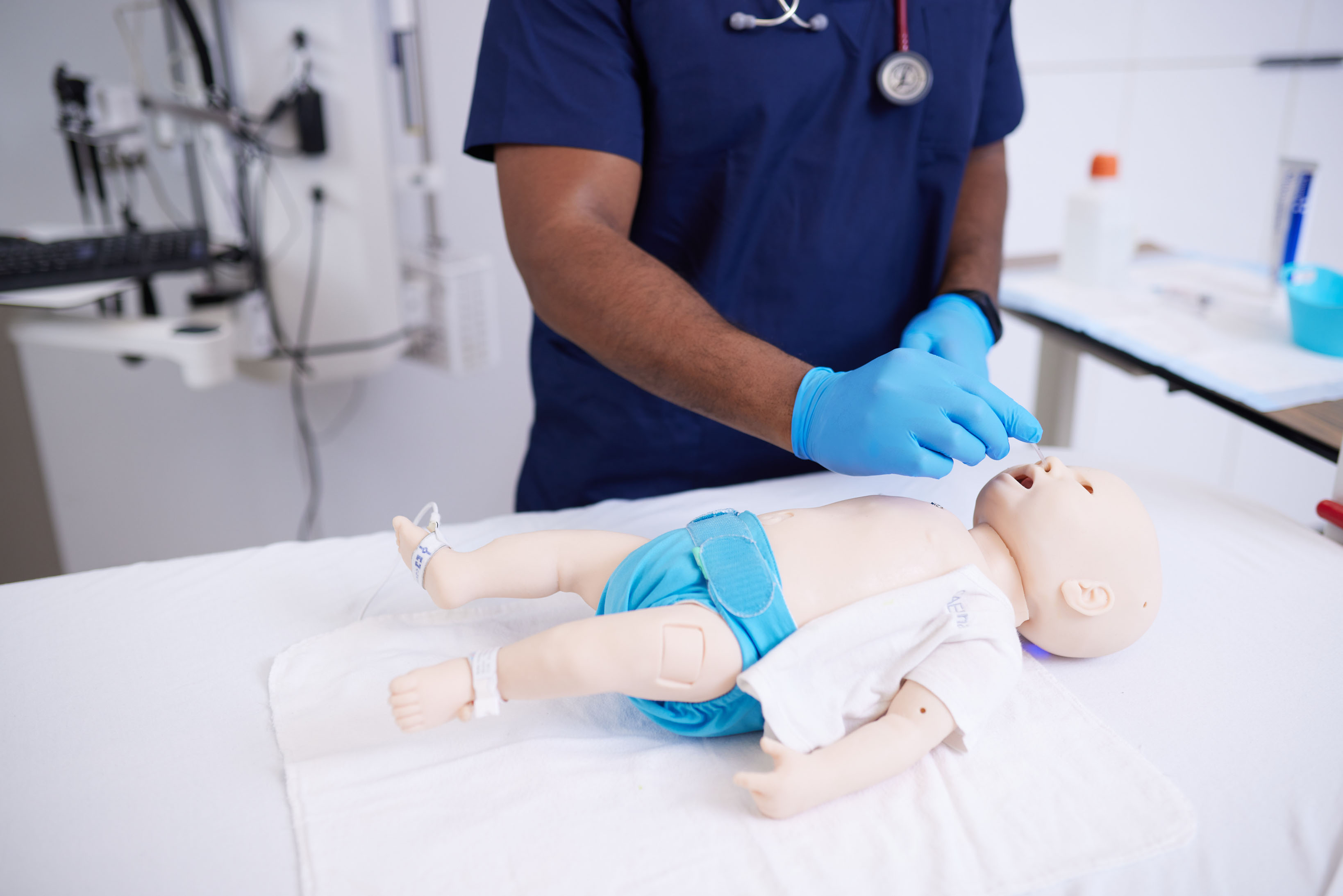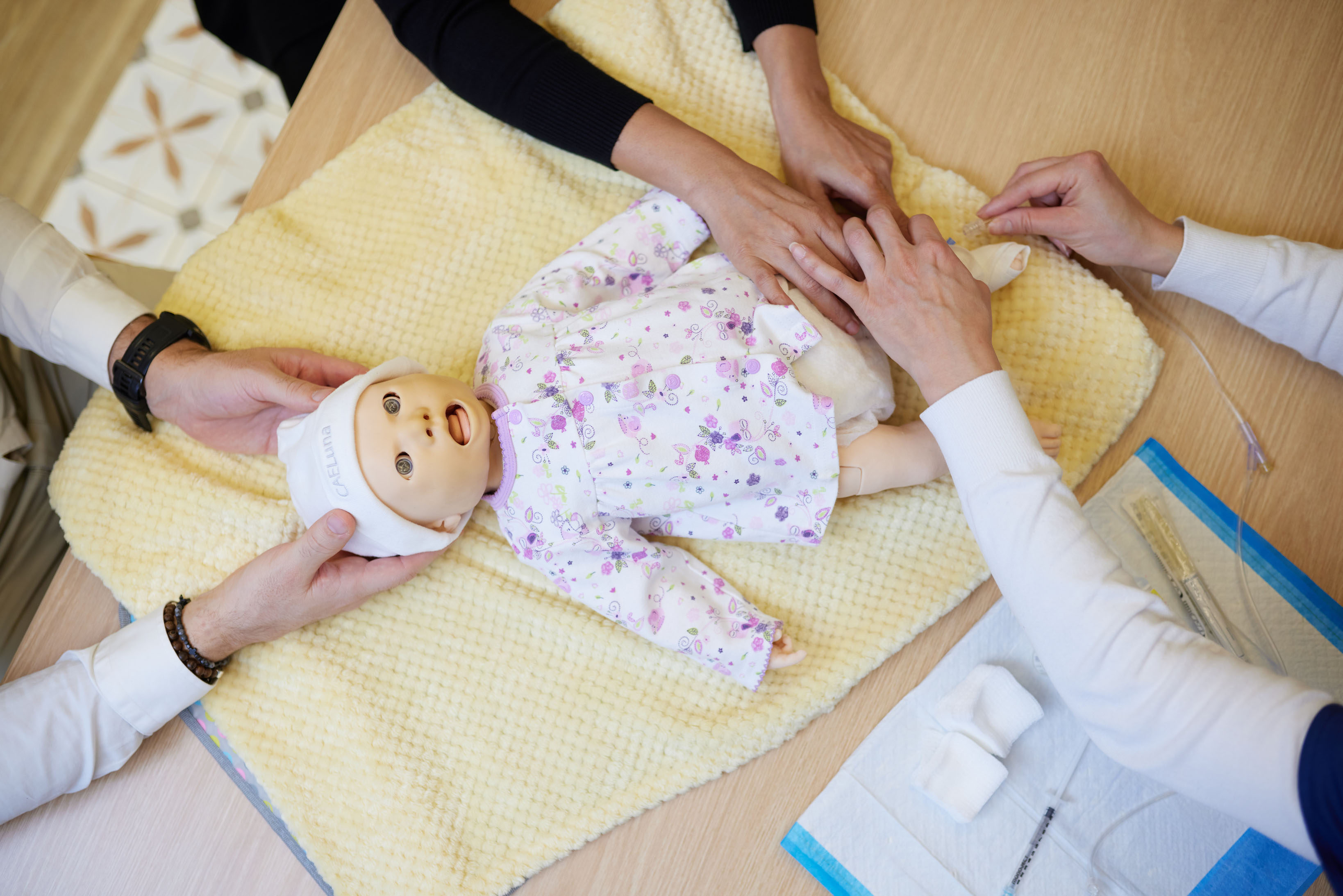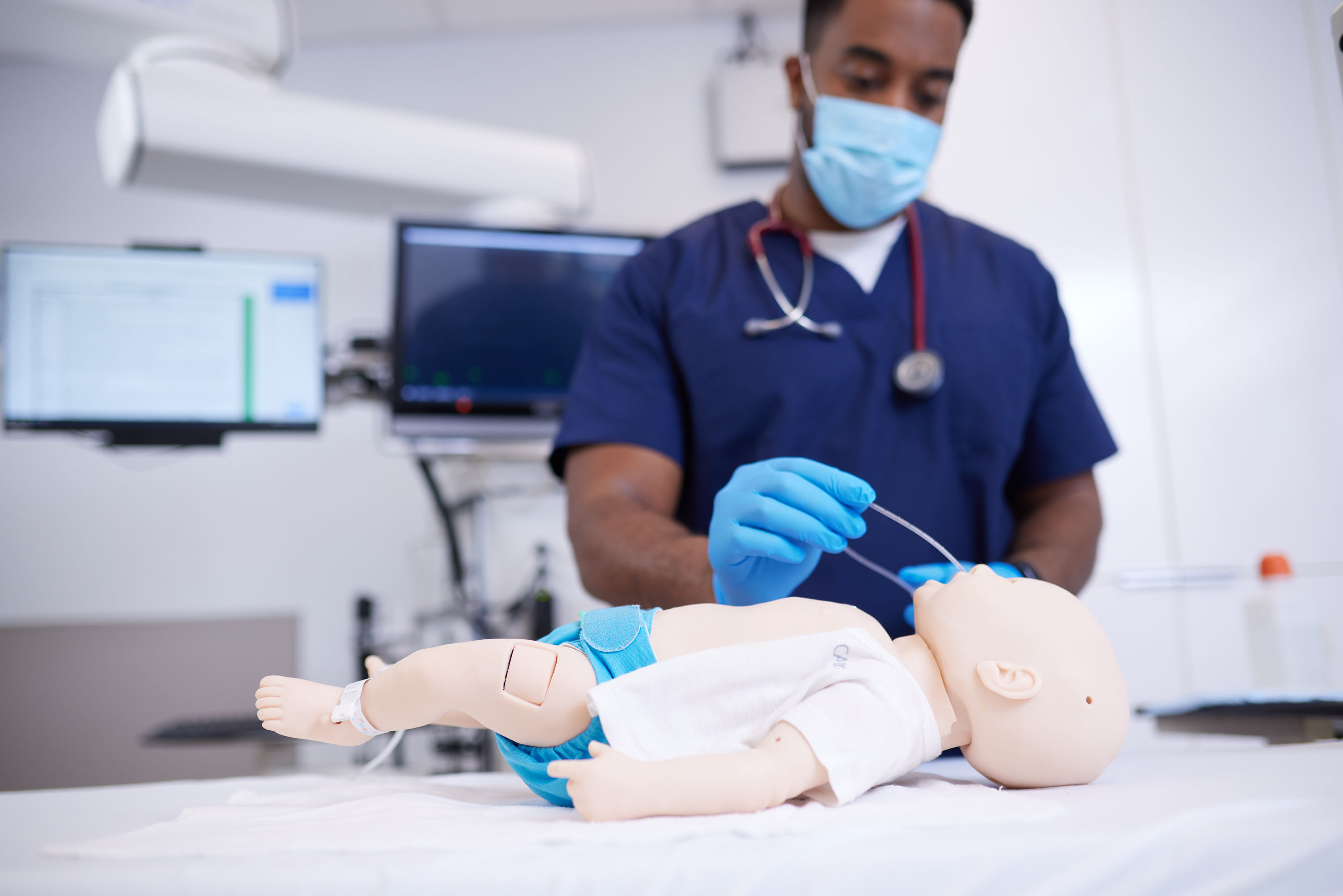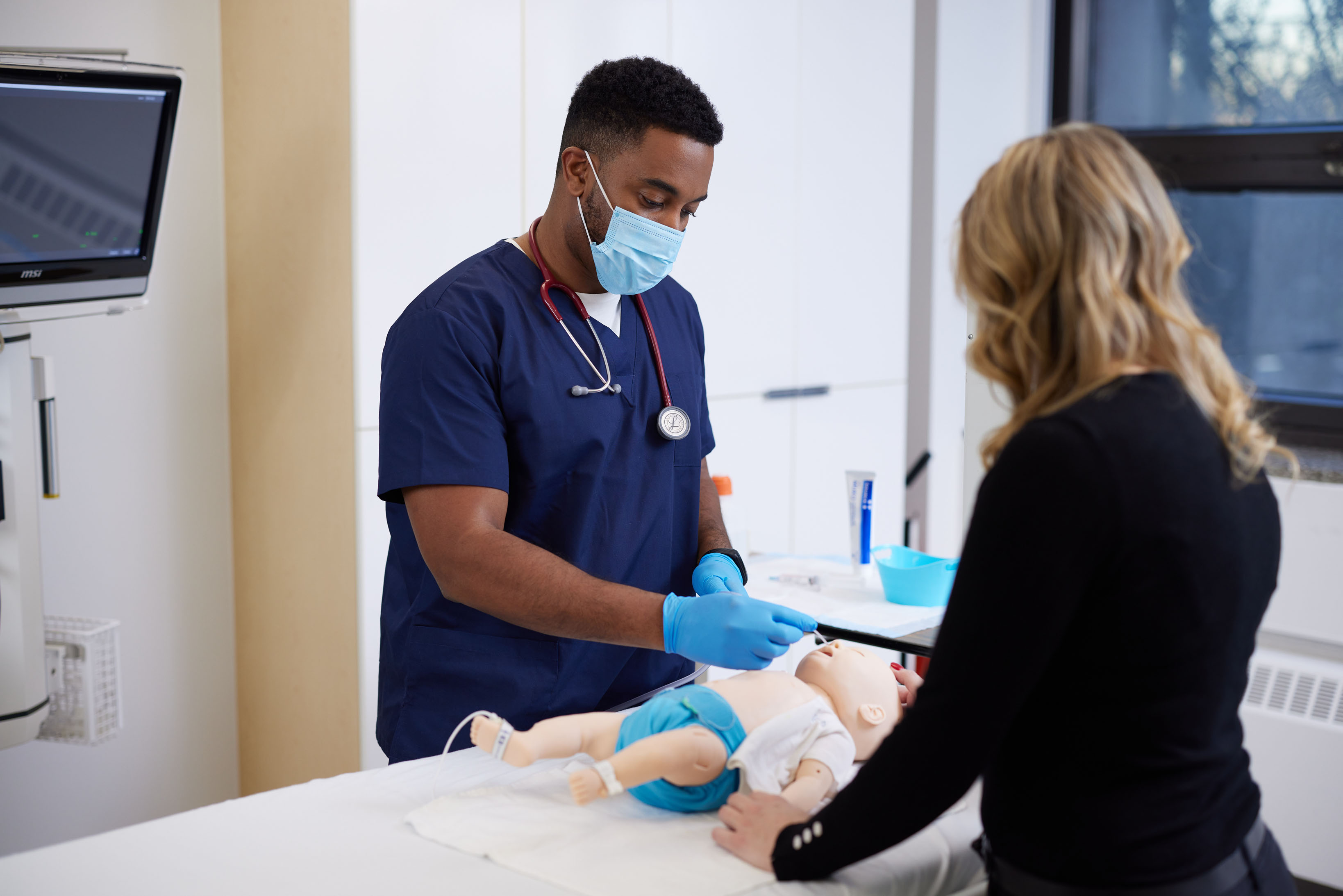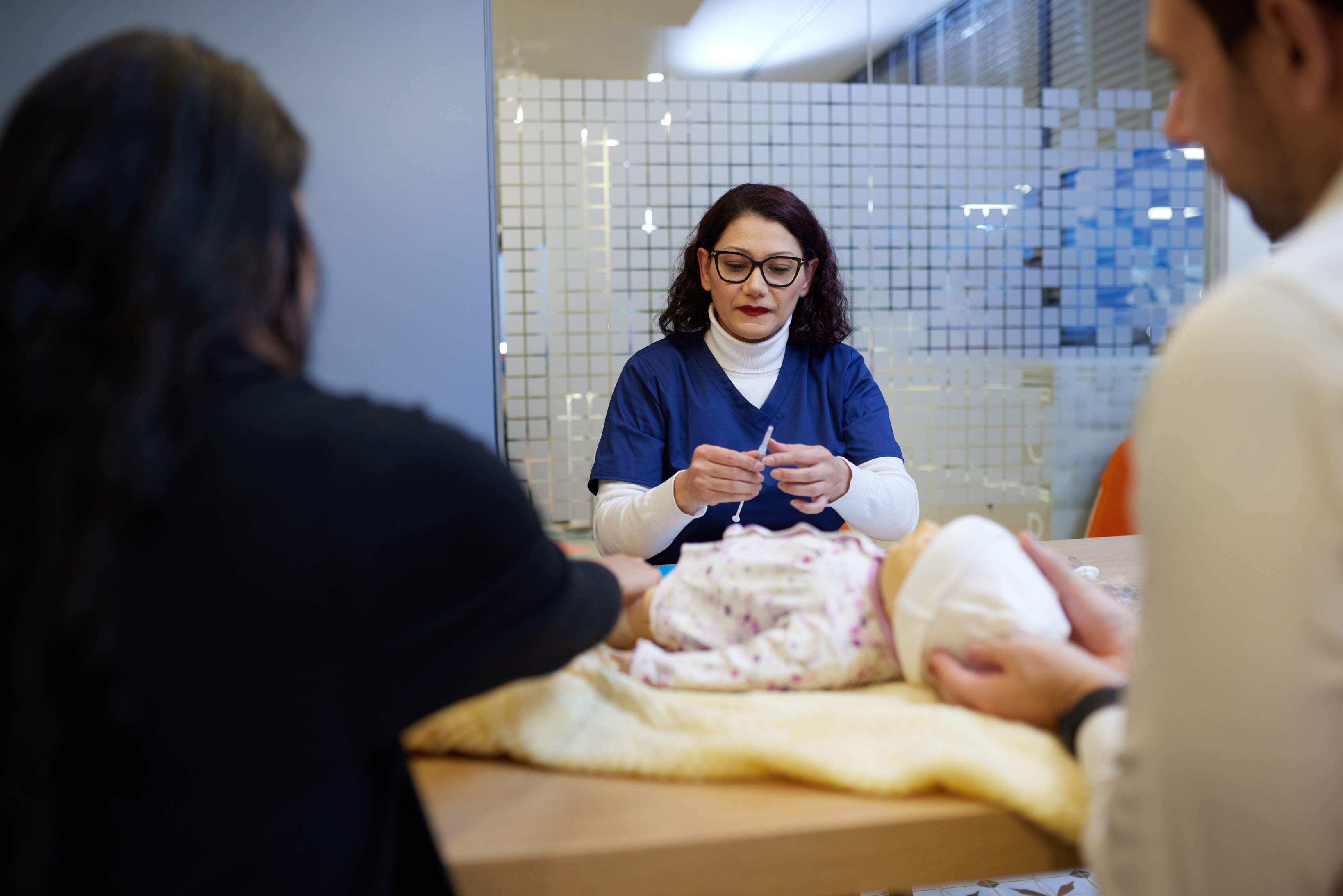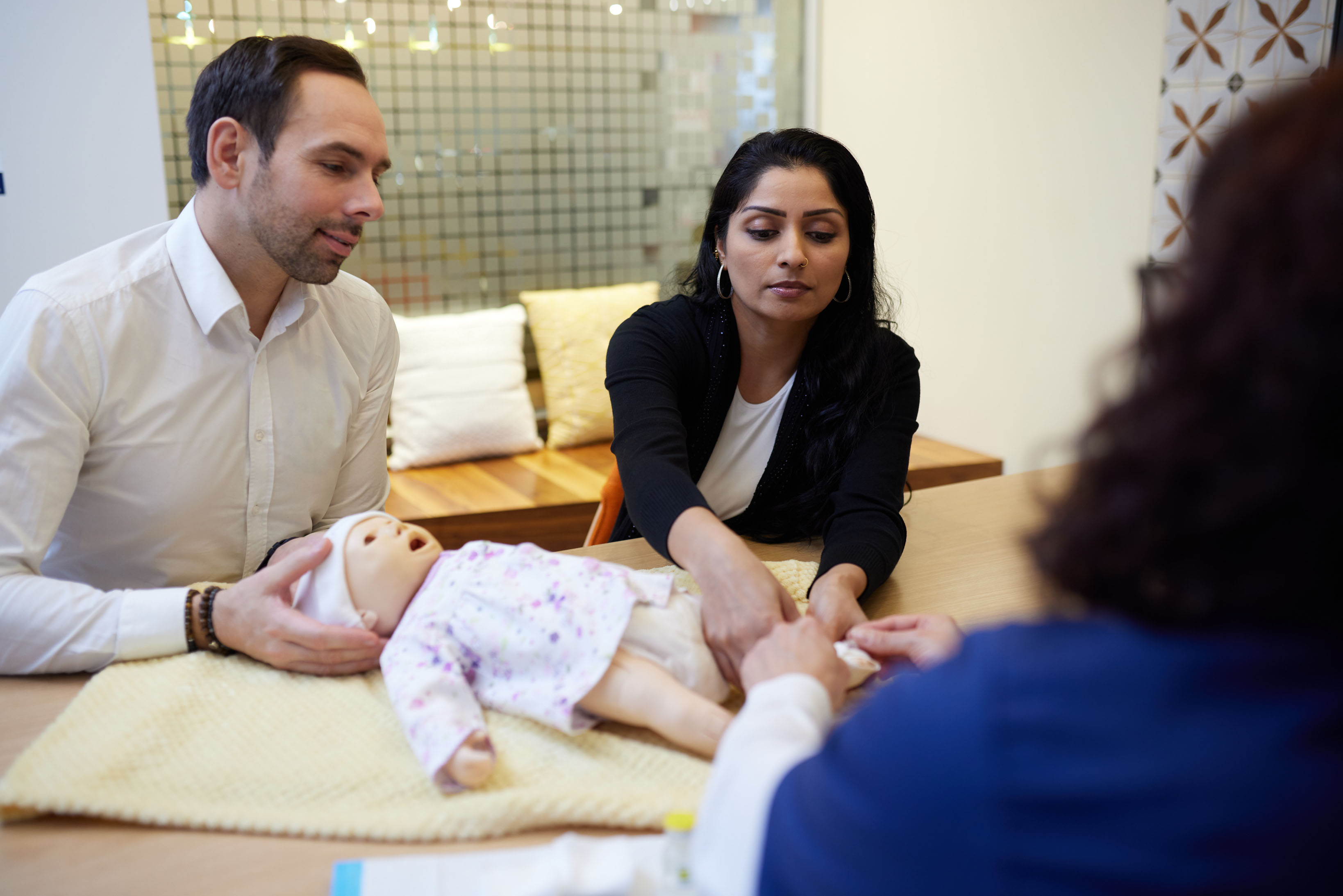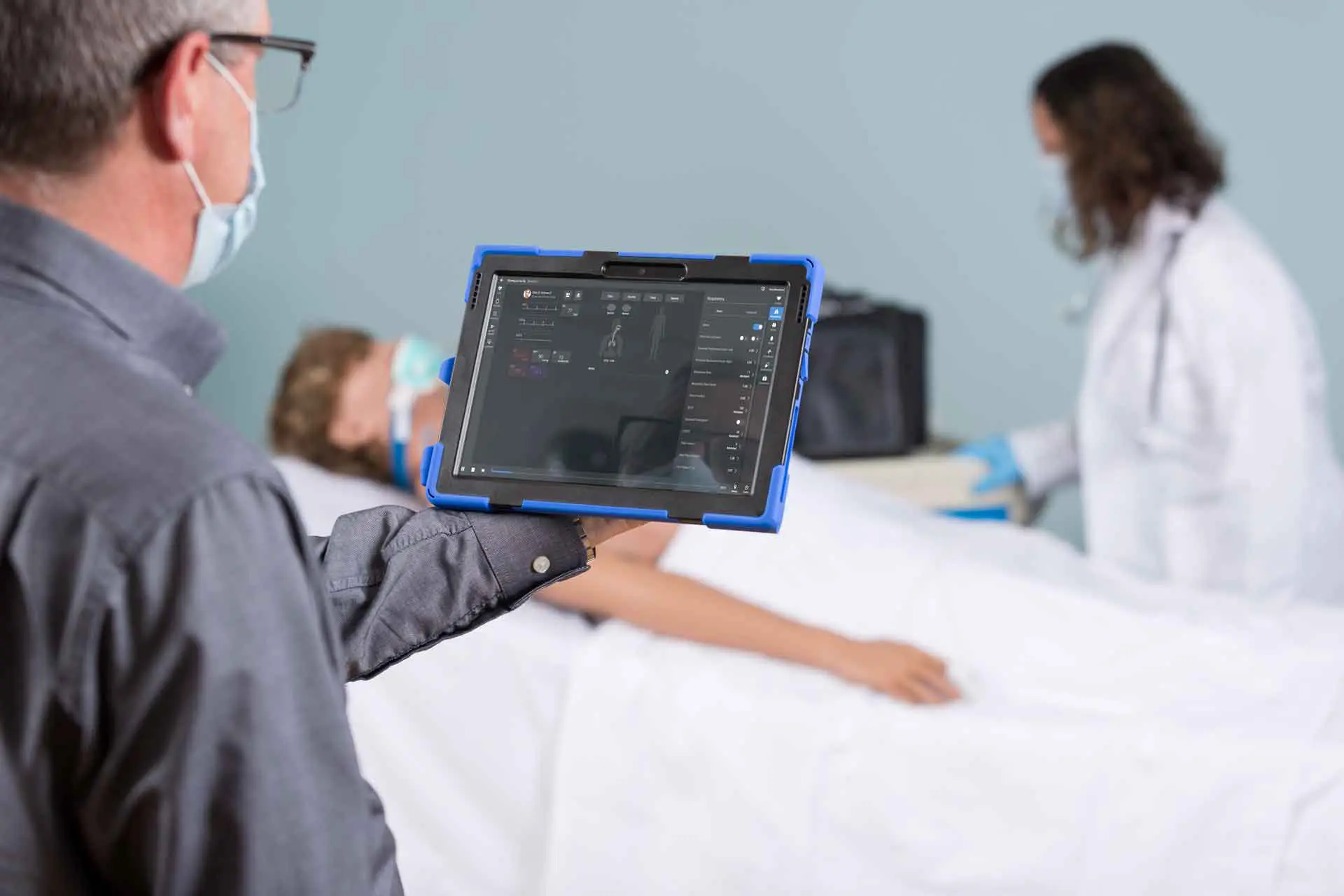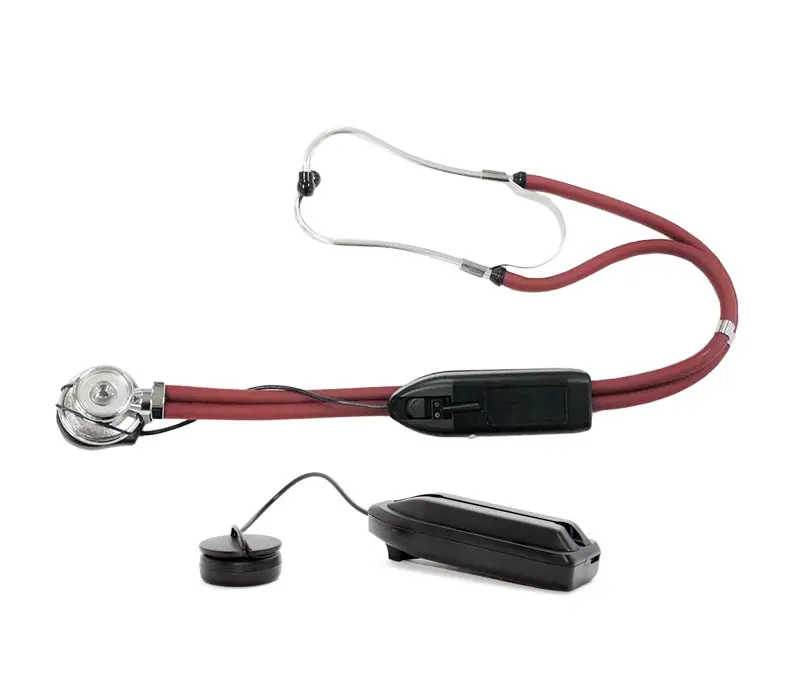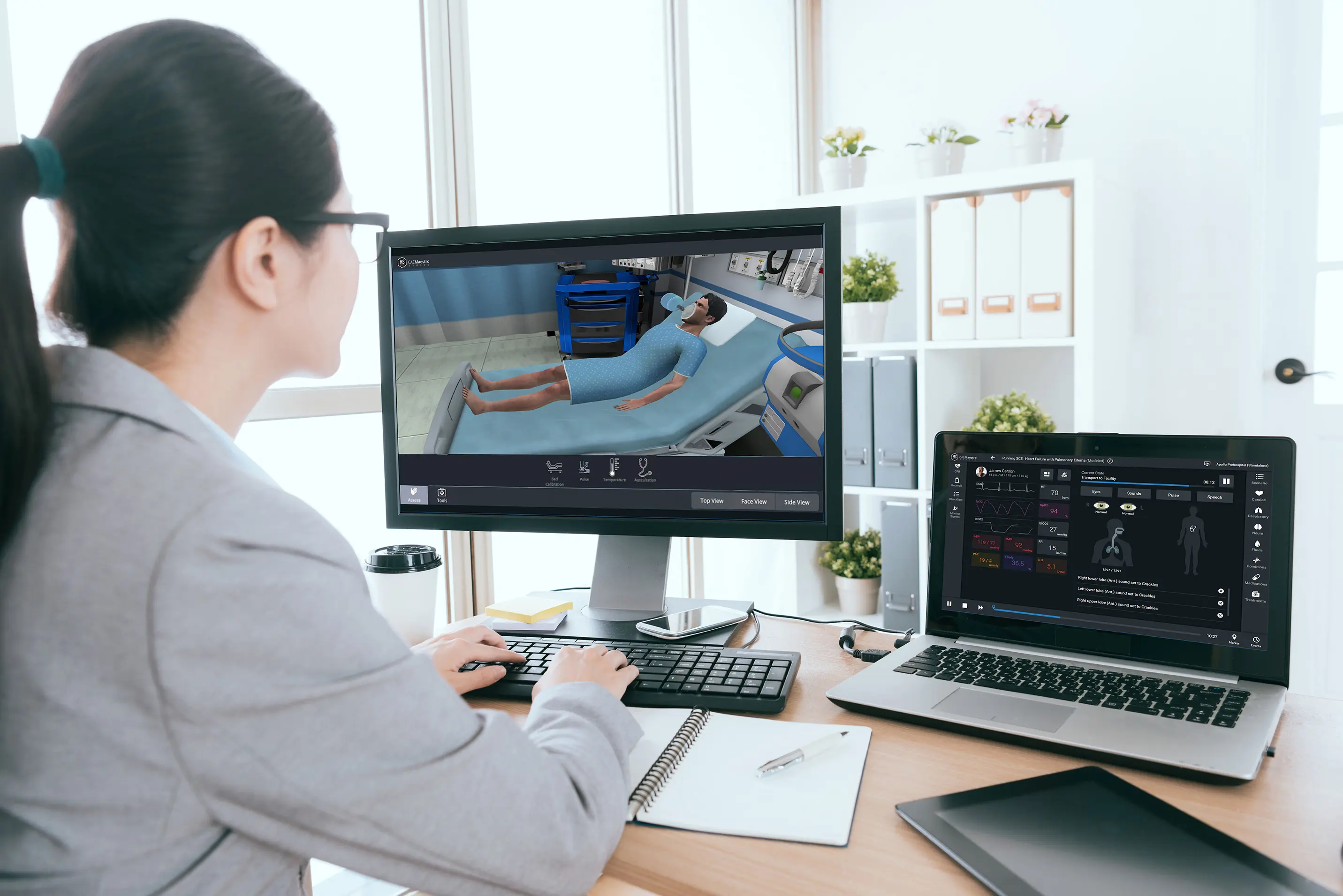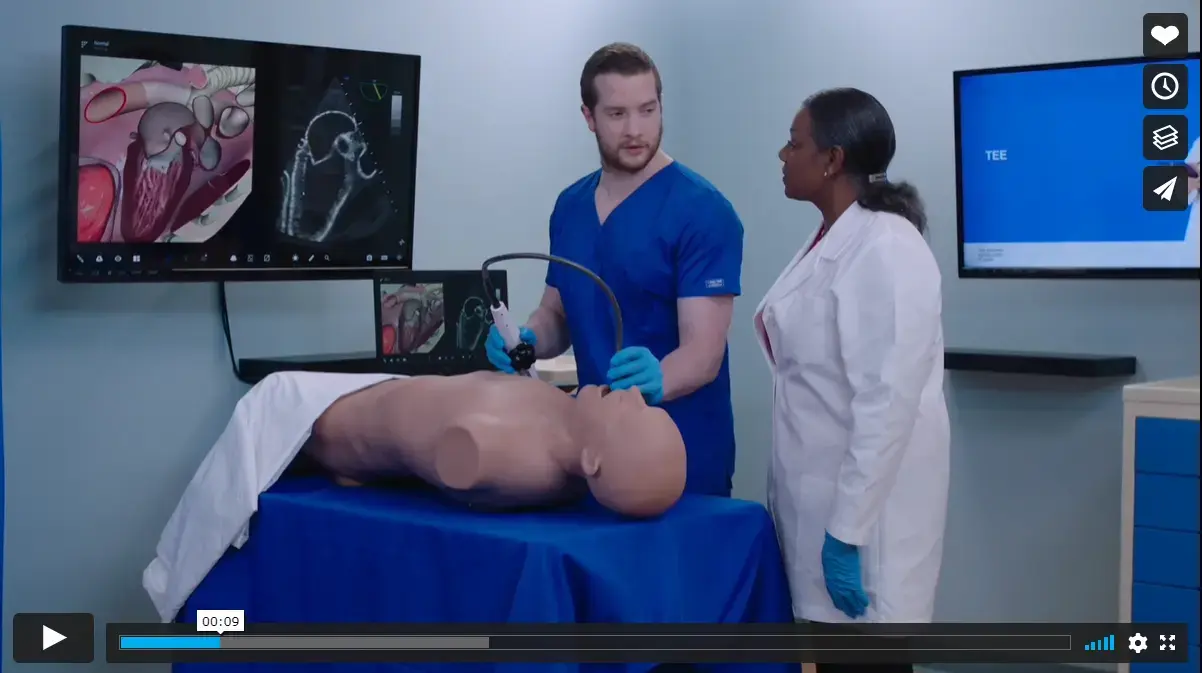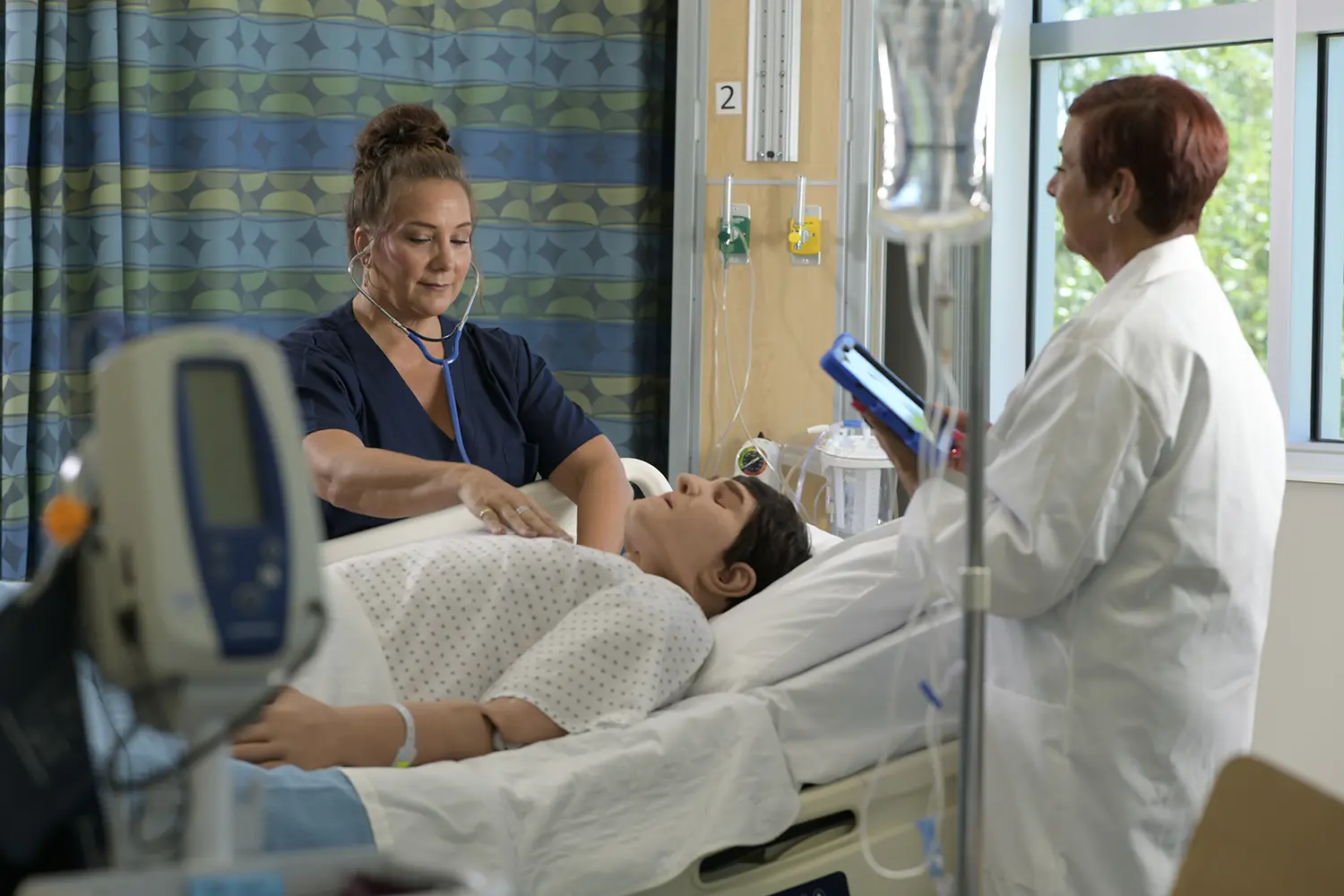CAE Luna
Request Information
Meet CAE Luna
Explore a range of neonatal healthcare training needs with CAE Luna. Simulating a baby from birth to 28 days after delivery, CAE Luna helps learners practice caring for newborns when they are at their most vulnerable and the most prone to extreme health crises.
Explore CAE Luna
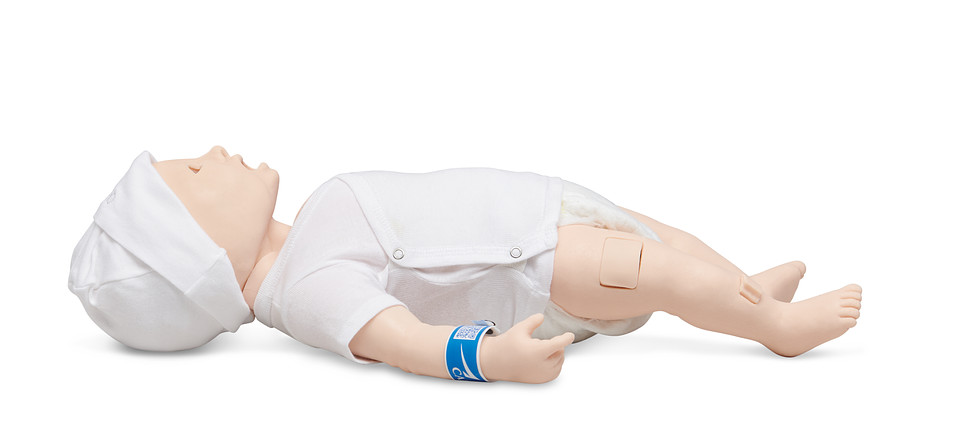
Practice proper neonatal and infant care
The total solution for medical providers learning neonatal care, CAE Luna satisfies requirements for infant nursing skills, Pediatric Advanced Life Support, S.T.A.B.L.E. Program and the Neonatal Resuscitation Program®.
Wireless and tetherless, this advanced neonatal patient simulator supports:
 Newborn assessment
Newborn assessment
 Neonatal resuscitation
Neonatal resuscitation
 Tracheostomy care
Tracheostomy care
 Airway and respiratory management
Airway and respiratory management
 Spontaneous breathing
Spontaneous breathing
Practice lifesaving procedures
Joint articulation
Tristate eyes
Realistic airway
Augment your simulation training
Increase realism and prolong the lifespan of your patient simulator with a curated selection of CAE Medicor products. Packed with comprehensive skills trainers and simulation enhancements, learners can practice medical emergencies with durable accessories before performing tests on the patient simulator manikin.
| The curated selection for Luna includes: |
|---|
| Ecchymosis Sticky Wounds (Qty. 2) |
| Infant Foot: Screening Test |
| Infant Leg for Intramuscular Injection |
Express, Value or Premier Warranty Coverage - Stress-free maintenance for your product
At CAE Healthcare, we strive to deliver the highest quality customer support in the industry. Our global network of service technicians and clinical advisors are committed to helping you maintain smooth, stress-free operations with little or no downtime.
